DOG TRAINING OFFERED IN-PERSON AND ONLINEOur dog training services are delivered in almost any format that meets your needs. We have GROUP CLASSES at our indoor and outdoor facilities on our farm, ONLINE LIVE STREAMING classes, and SELF-PACED VIDEO-BASED training through our Online Dog Training Course. Our PRIVATE TRAININGS can be done in-home, outside, in public dog-friendly locations, at our facility on our farm, online via phone or video conferencing and through email. |
This post is taken from my book, Juvenile Delinquent Dogs: The Complete Guide to Saving Your Sanity and Successfully Living with Your Adolescent Dog.
Chapter 1: Setting Expectations, Page 29
A default behavior can also be called an automatic behavior. It is a behavior your dog offers without being asked—offering the behavior automatically or defaulting to the behavior. As you assess your dog’s current behaviors and your expectations for your dog’s behavior, think of default behaviors your dog already performs and default behaviors that might be useful for your dog. When your dog wants something or is unsure about a situation, it’s good to have a few default behaviors from which your dog can choose.
The most common example of a default behavior is sitting. If your dog has been taught to sit for a treat, you might find that when he sees the treats come out, he sits without being told. That is a default or automatic behavior. He defaults to sitting when a treat comes out because he’s been heavily rewarded for it in the past. Just because he sits in this situation doesn’t mean he will offer a sit in other situations, nor does it mean that he will only sit for a treat. It simply means that the sight or smell of a treat is the one context in which he’s been taught to sit and receive a benefit from it.
When Romeo wants to go outside into the backyard, he needs to sit and wait before being released outside. He did not originally offer this on his own. When I was housetraining him, I taught him to sit at the door to indicate he needed to go out. He quickly learned that sitting at the door gained access to the outside. Sitting at the door is his default behavior to gain access to the backyard.
Default behaviors are not necessarily ones that you want from your dog. For example, if your dog becomes very excited about the prospect of going for a walk, he might start jumping and racing around when the leash comes out. Jumping and racing around are default behaviors—behaviors he resorts to in certain contexts. These are probably not desirable behaviors, but you can teach your dog a more desirable default behavior such as sitting near the doorway to get his leash on in anticipation of a walk.
Another default behavior of Romeo’s is going into his crate. As an adolescent who was not ready for the responsibility of being left alone in the house, he was crated when I left. I worked hard to ensure Romeo felt that the crate was a good place, so I always gave him a small treat before I left. When he heard me at the treat jar, he raced into his crate and waited for me. His default behavior when he knew I was ready to leave was to go into his crate.
Consider these default behaviors for routine situations:
- Sit at the door to go outside.
- Sit at the door to come back inside.
- Sit, check in with you and wait to be released for meals.
- Lie down on his bed to receive a bully stick or other item to chew.
- Sit near the door and wait for you to put his leash on him for a walk.
- Go to, lie down on and stay on his bed or a rug when the doorbell rings.
- Run into his crate and lie down at bedtime.
For situations when your dog is unsure, needs your help, or wants permission to do something, you might consider these default behaviors:
- Sit at heel position and make eye contact with you when he wants to greet or play with another dog instead of jumping, barking, or choking himself from straining too hard at the end of his leash.
- Sit and make eye contact with you when he sees something he is afraid of instead of barking, lunging or trying to flee.
- Stand beside you and make eye contact with you when he wants to smell something up ahead on the walk instead of pulling you there.
Default behaviors might seem like very lofty goals when you’re living with an adolescent dog, but they are all achievable with some training, time and patience. To begin teaching your dog a new default behavior, start with a routine situation such as meal time or letting your dog out in the backyard. At first you will need to ask your dog to perform a specific behavior. Once your dog reliably responds to your requested behavior in the same context, don’t ask for the behavior and wait to see what your dog does. If he offers the behavior without you asking for it, you are now developing a default behavior for that situation. Here are the steps to teach your dog a default behavior:
- Decide which behaviors you want your dog to offer as default behaviors.
- Begin teaching those behaviors to your dog.
- Make sure the dog reaps great rewards for these behaviors.
- Once your dog responds well to the cues you have taught him, begin to ask for those behaviors in the situations you want him to offer them.
- Once your dog is responding well in those situations, you can begin to implement them as default behaviors.
Choose the behaviors you prefer, but if you’re looking for some ideas, let me tell you what I use with Romeo. His default behaviors, either singly or in various combinations, are: sit, eye contact/watch me, heel position, and go to his crate. While he will offer other behaviors, these are his primary default behaviors.
Let’s look at an example. You want your dog to sit to get his leash on before going for a walk. You’ve been practicing and he now sits reliably when you tell him. Instead of asking for a sit, simply wait. Does he offer you the sit without you having to ask for it? If not, you might need to practice more by asking him until he better understands that this behavior is what you expect from him in that situation. After practicing a while longer, try waiting again. He most likely will begin to offer the sit before you ask for it. It is now becoming a default behavior.
This is a good time to take another look at your Goals and Expectations Worksheets. Are there any situations or issues that would benefit from a default behavior? The example discussed above is one possibility.
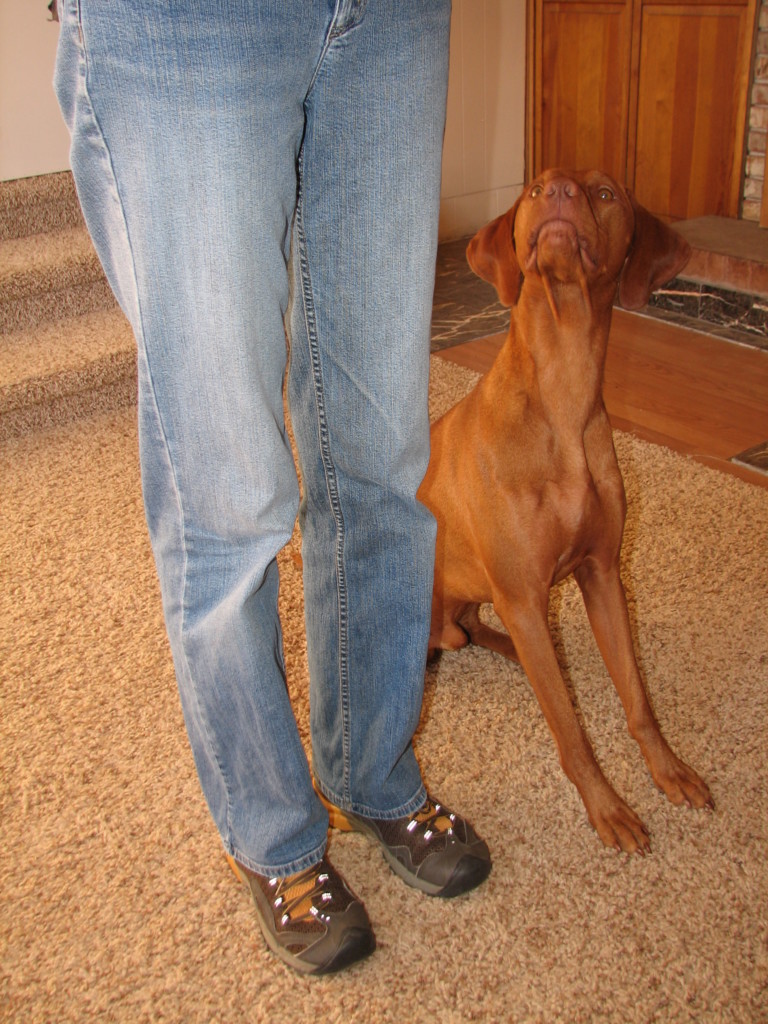
One of Romeo’s default behaviors is to sit at heel position and watch me.
Our goal is to positively impact the lives of as many dogs and their families as we can, in part through our extensive library of video, infographics and text articles. |

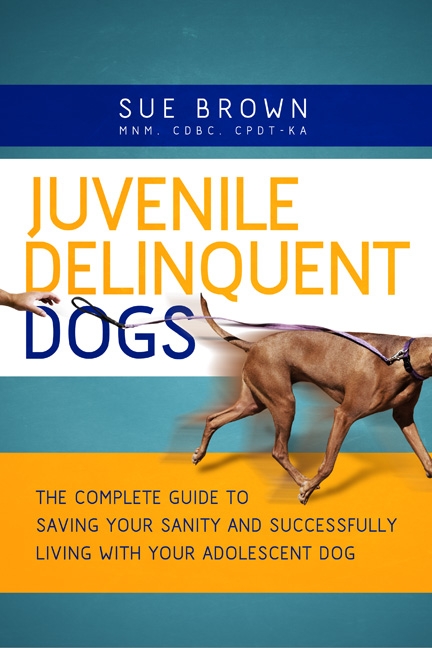
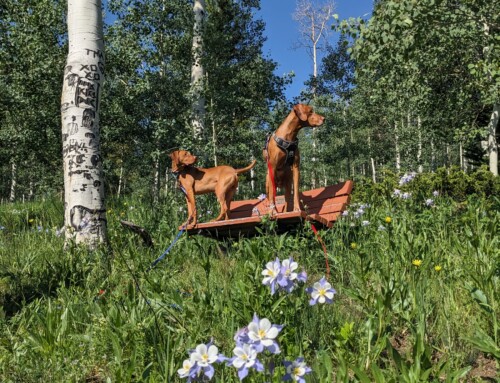
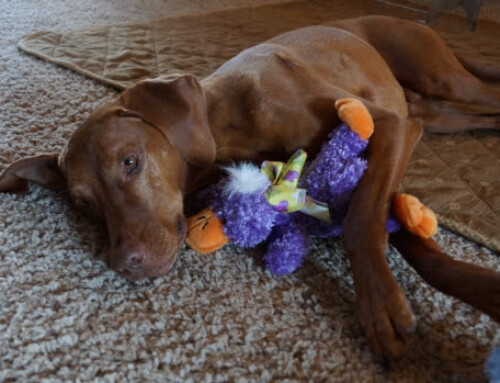
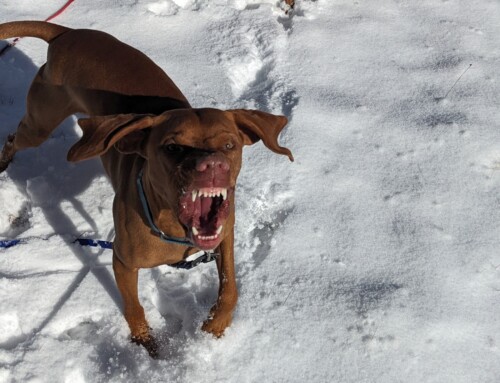

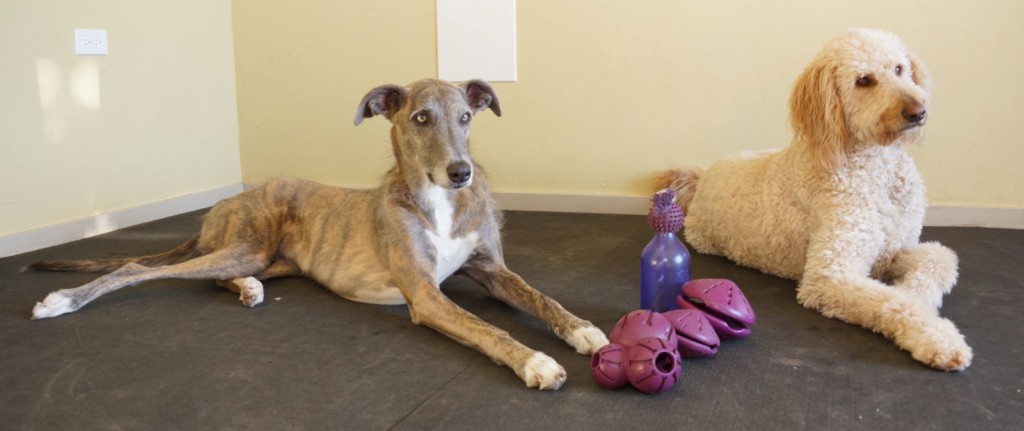
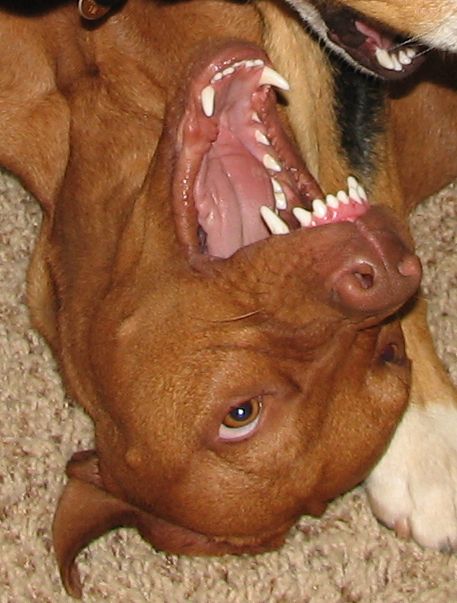
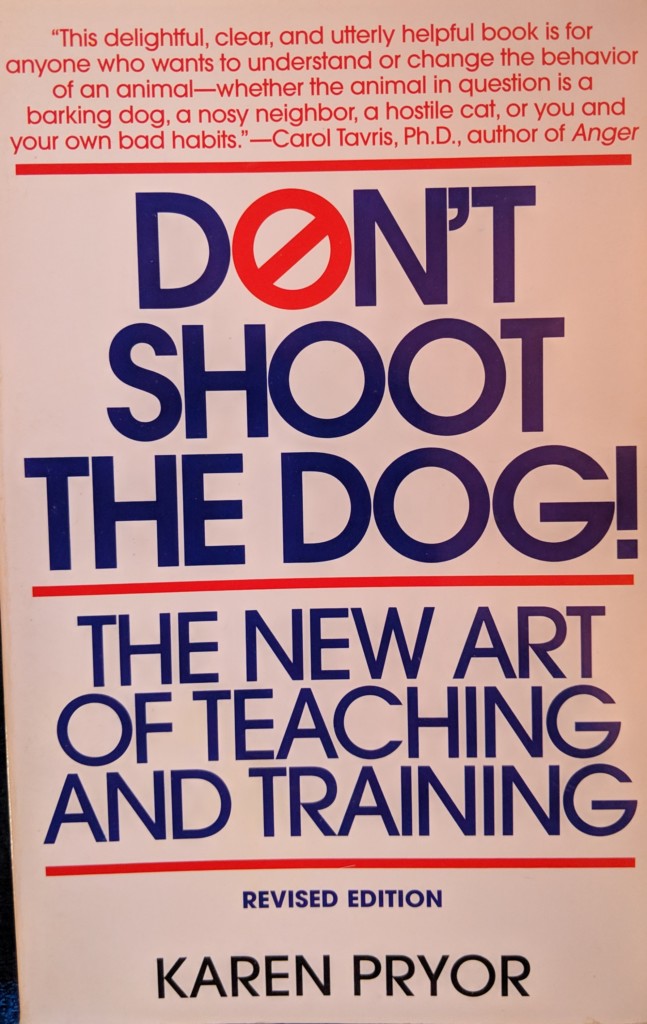

Leave A Comment